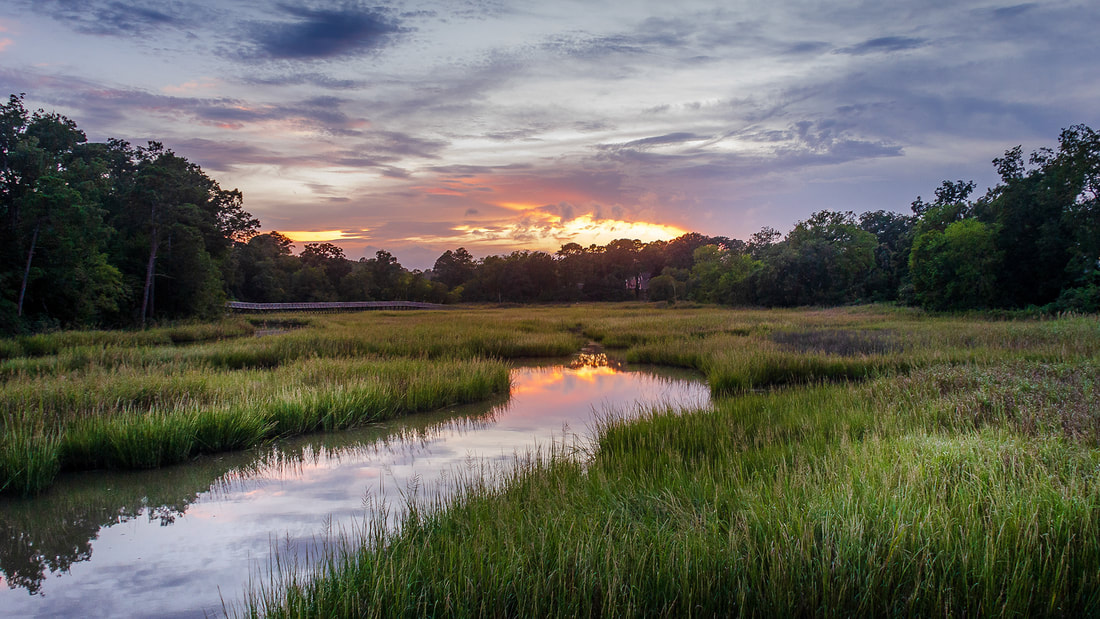The marshes at Windsor Castle Park are wonderlands. Their soothing scenery belies the dynamic activity taking place here daily. The marsh grasses, the muddy soil and the meandering waterways are busy buffering the tidal action from the Pagan River and beyond. When it rains, the park’s marshes reduce the effects of flooding by absorbing excess rainwater. In major storm events the marsh reeds slow down the energy in rushing water thereby helping to stabilize the shoreline around the park and prevent erosion. Marsh grasses even filter out and store some pollutants found in the water. An amazing place!








